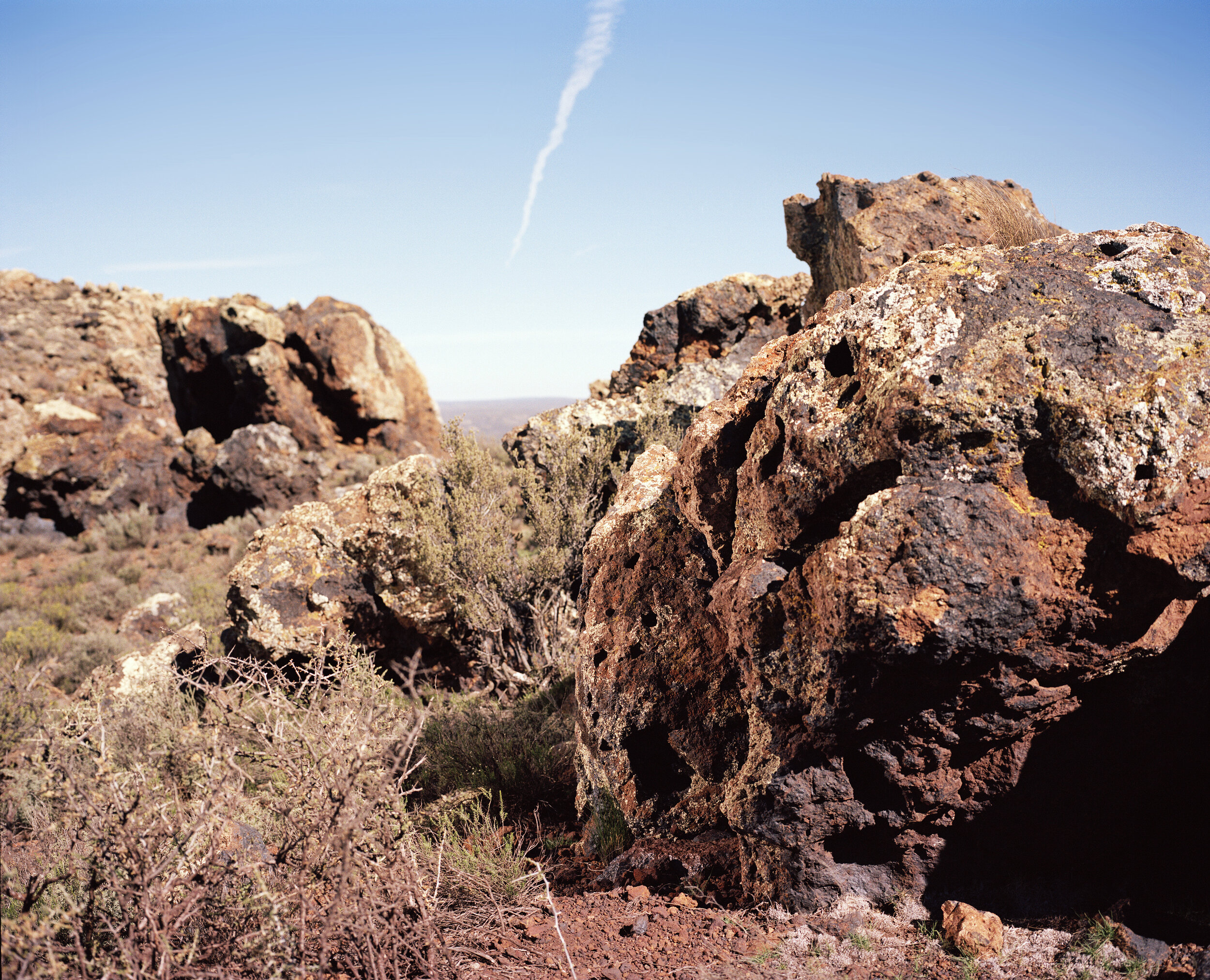Salpeterkop (Saltpetre Hill) was an active volcano around 66 million years ago – estimated as the last one in Southern Africa. It is interesting to note that about 2 km of its original height has been eroded down, so we are seeing at a level 'deep in the throat of the volcano'. The remains of this volcano is visible from the SALT (South African Large Telescope) site near Sutherland.
VOLCANO #2, SALPETERKOP, NORTHERN CAPE
Salpeterkop (Saltpetre Hill) was an active volcano around 66 million years ago – estimated as the last one in Southern Africa. It is interesting to note that about 2 km of of its original height has been eroded down, so we are seeing at a level 'deep in the throat of the volcano'. The remains of this volcano is visible from the SALT (South African Large Telescope) site near sutherland.
Read MoreVOLCANO #1, SALPETERKOP, NORTHERN CAPE
Salpeterkop (Saltpetre Hill) was an active surface volcano about 66 million years ago – believed to be the last one in South Africa, making it the youngest known active volcano in Africa south of the Equator. When viewing this structure today, it must be remembered that about 2 km of rock has been eroded away, so we are looking at a level deep in the throat of the volcano. Its present summit is reached via a kilometre-wide lava ash field.*
Read MoreThe old Van de Graaff accelerator, now substituted with a new Tandetron accelerator, is manly used for materials research such as nano-structures or composite materials studies.
THE OLD VAN DE GRAAF ACCELERATOR, ITHEMBA LABS, CAPE TOWN
The old Van de Graaff accelerator, now substituted with a new Tandetron accelerator, is manly used for materials research such as nano-structures or composite materials studies.
Read MoreKNERSVLAKTE (GNASHING PLAIN), WESTERN CAPE
KNERSVLAKTE (GNASHING PLAIN) # 2, NORTHERN CAPE
KNERSVLAKTE (GNASHING PLAIN) # 1, NORTHERN CAPE
‘Knersvlakte’, literally translated from Afrikaans means “gnashing plain”. The name is said to originate from the crunching sound made by contact with the white, quartz-rich gravel. The quartz also reflects the sunlight, which makes the rocks and soil cooler in temperature than surrounding areas. This unique condition has allowed a large number of endemic plants to proliferate - many of these are small succulents that can absorb heat during the long and dry summers.
Read More






